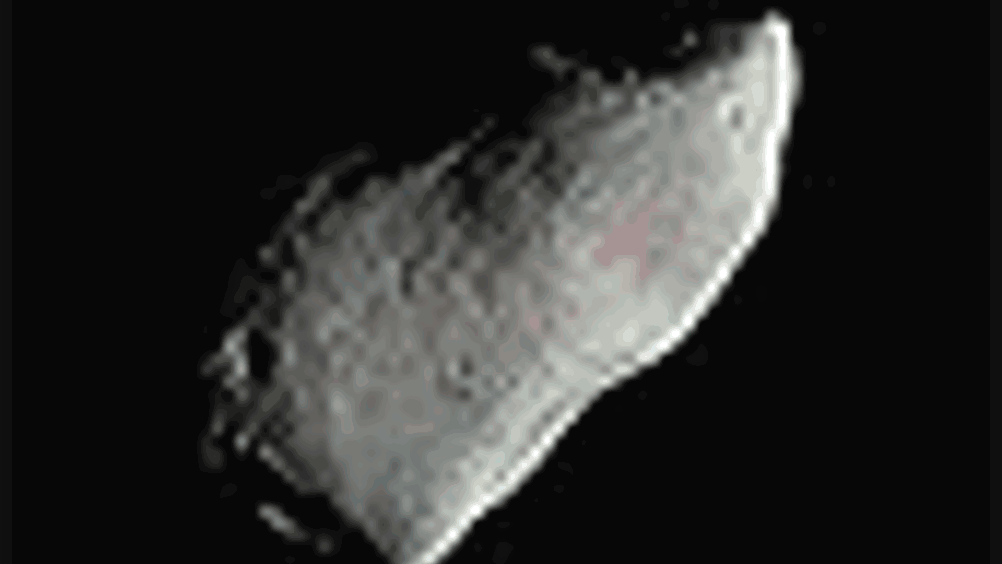Lasers to shift killer asteroids
A team of scientists and engineers at The University of Alabama in Huntsville is conducting research that could one day save humanity from asteroids threatening Earth.

A team of scientists and engineers at
(UAH) is conducting research that could one day save humanity from asteroids threatening Earth.
UAH's Laser Science and Engineering Group, headed by Dr. Richard Fork, is conducting research into characterising and deflecting asteroids that may endanger Earth.
Fork, who has more than 40 years of experience working with lasers, said someday it could be possible to locate a laser in space or on the moon to look at the properties of asteroids and perhaps alter their trajectories away from Earth. Members of his group are building a laser system ‘that is the grandfather of the laser that will push the asteroids,’ Fork said.
According to calculations made by the group, an asteroid could be characterised up to 1 AU away (1.5 x 1011 m). Arecibo and other radar observatories can only detect objects up to 0.1 AU away, so in theory a laser would represent a vast improvement over radar.
Register now to continue reading
Thanks for visiting The Engineer. You’ve now reached your monthly limit of news stories. Register for free to unlock unlimited access to all of our news coverage, as well as premium content including opinion, in-depth features and special reports.
Benefits of registering
-
In-depth insights and coverage of key emerging trends
-
Unrestricted access to special reports throughout the year
-
Daily technology news delivered straight to your inbox










Water Sector Talent Exodus Could Cripple The Sector
Maybe if things are essential for the running of a country and we want to pay a fair price we should be running these utilities on a not for profit...